Beyond the bird feeder is a new column by Alys Fowler for Wicked Leeks.
There is much to do ahead. But it feels wonderful to be in a place of bounty for the garden. There’s been much to harvest, too. Some things have thrived, others less so, but the kitchen counter groans with tomatoes, cucumbers, squashes and beans. Beans for eating now, beans for eating in a week (semi-sec) and beans to dry for winter.
The herbs have bedded down well and put on a huge amount of new growth, so I can cook as I please with them. This has brought me such pleasure; there’s nothing better than being able to be generous with herbs. The pumpkins have loved all the layers of seaweed and covered the garden in a layer of lush leaves. It looks a little wild, but underneath the fruit are fattening, and it worked well as a groundcover layer to supress leftover fragments of the old lawn.
This abundance of organic matter, the layers of seaweed and all the rotting piles of hedge prunings, have brought much life with them. I’ve loved how the songbirds use the uprights in the dead hedges to perch and contemplate their next move. I don’t think I’d realised how necessary a perch is to a small bird. One that rises just a little above the foliage allows for a safe enough vantage point and means that I get small bird darting about spaces that they might otherwise avoid. I’ve watched them all summer fill their beaks with insects for their young, and now fatten up for the winter ahead.
Every time I see a ripe tomato, I go with delight to pick it only to find it empty, except for snoring woodlice, drunk on tomato juice sleeping off the excess.
The insect life in the garden has tripled; the flowers have brought in pollinators, while the dense, damp layers of rotting wood, seaweed and leaves have brought many slugs, but also roving beetles. And the slow worms are still very much present. I find empty snail shells here and there, there are crickets at night and so many moths, too. The one group I didn’t quite expect in such numbers is the woodlice, though on reflection all that rotting organic matter must be manna to them and their population has boomed. Another thing I didn’t know about woodlice is how much they like tomatoes, particularly the delicious thin-skinned Russian ones that I’ve been growing. Every time I see a ripe tomato, I go with delight to pick it only to find it empty, except for snoring woodlice, drunk on tomato juice sleeping off the excess.
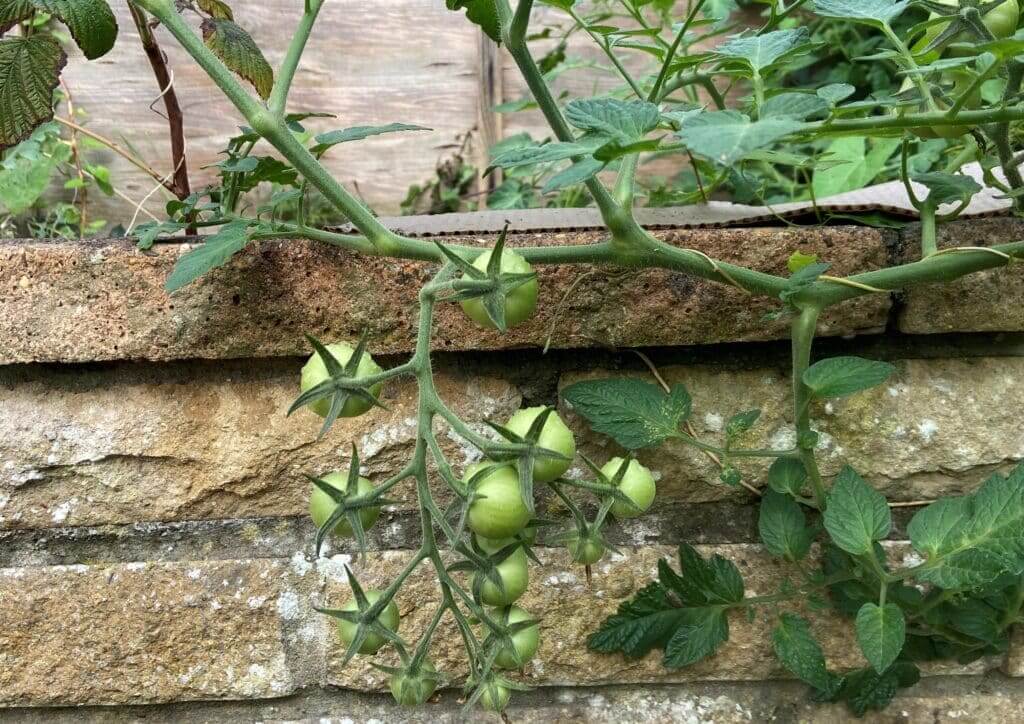
Blue tits, a few spiders, centipedes and frogs all happily eat woodlice. I have plenty of suitable habitats for all of those, except the frogs. First on my winter to do list is to build a pond; a shallow one with easy, wide margins for everyone to use. I am thinking of building it near to the cherry tree by the patio so that we can sit and watch life dart to and from it as we eat. And then perhaps also having two smaller ones, more puddles than ponds, further down the slope, because a string of pools is often more useful to wildlife than a single deep pond. I’ve saved some good logs and there’s still plenty of slate stone to create interesting edges to hide the pond liner. I feel excited when I think of the work ahead in the garden.
We are starting to get to know each other, this garden and me. It has been good to spend the summer watching, as much as gardening. The beginning was full of dramatic changes; now it’s time to move slowly, to tweak the design, create a few more stepping stone paths, to add a bench at the top and to make more habitats. It feels good to arrive here and it feels like home.

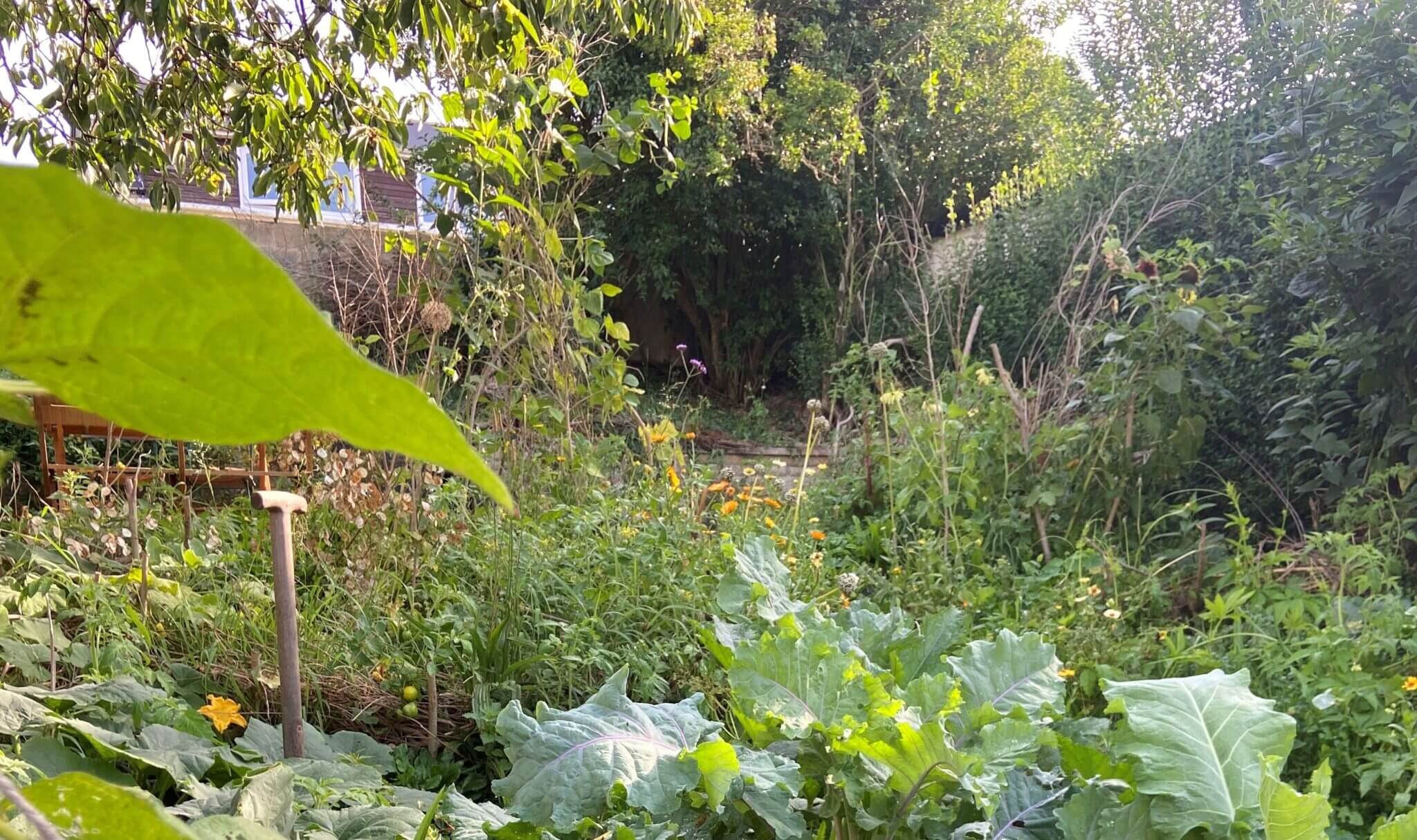

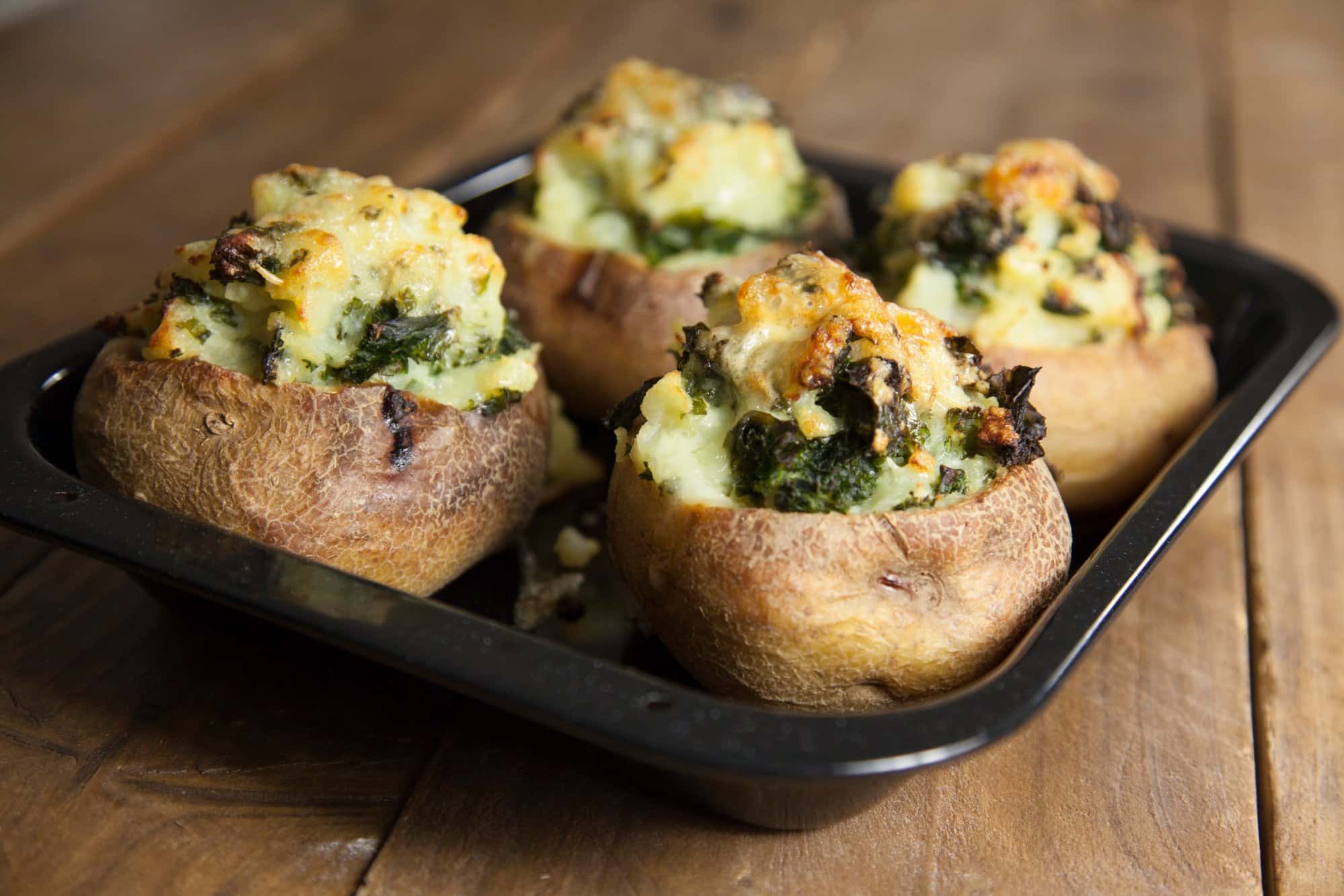
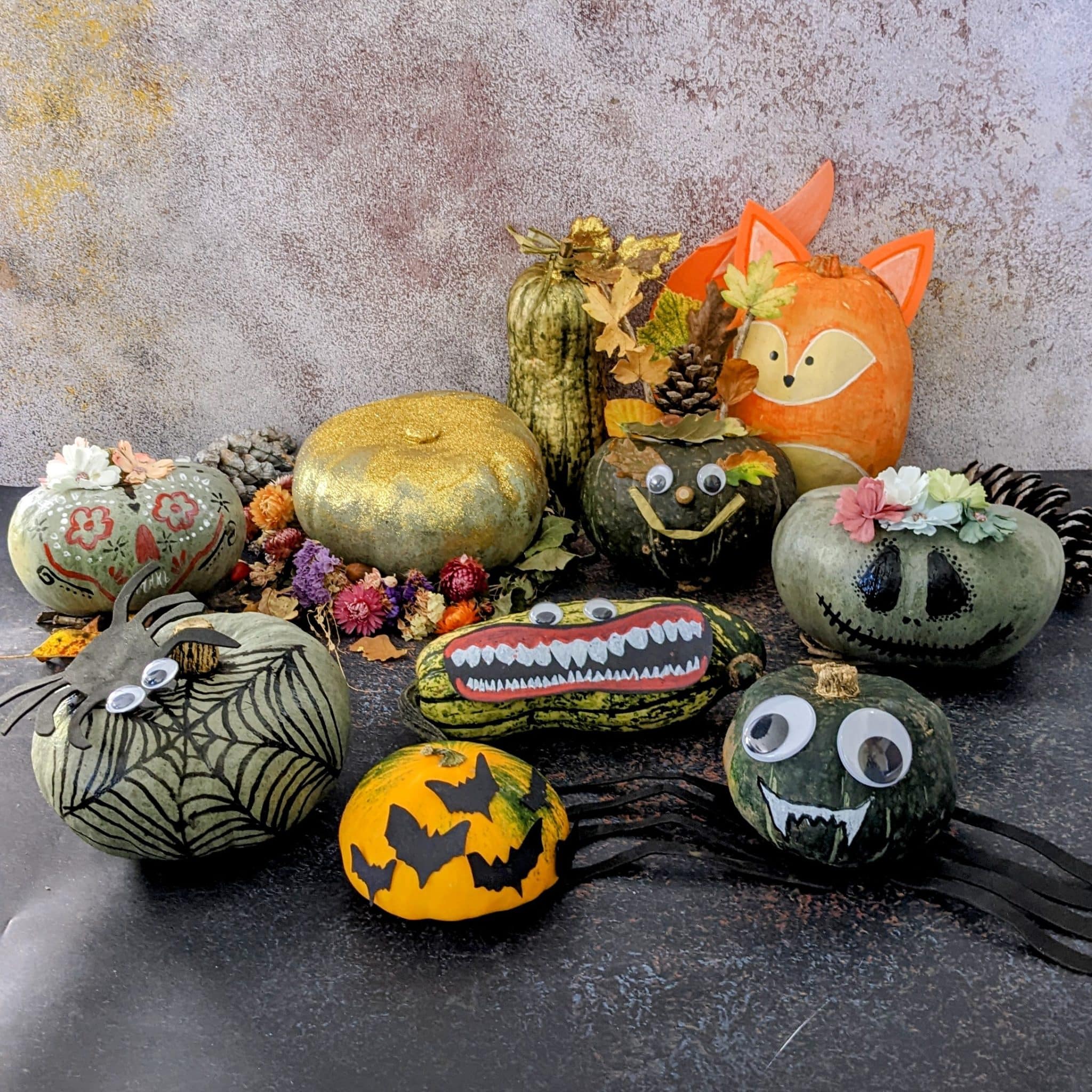
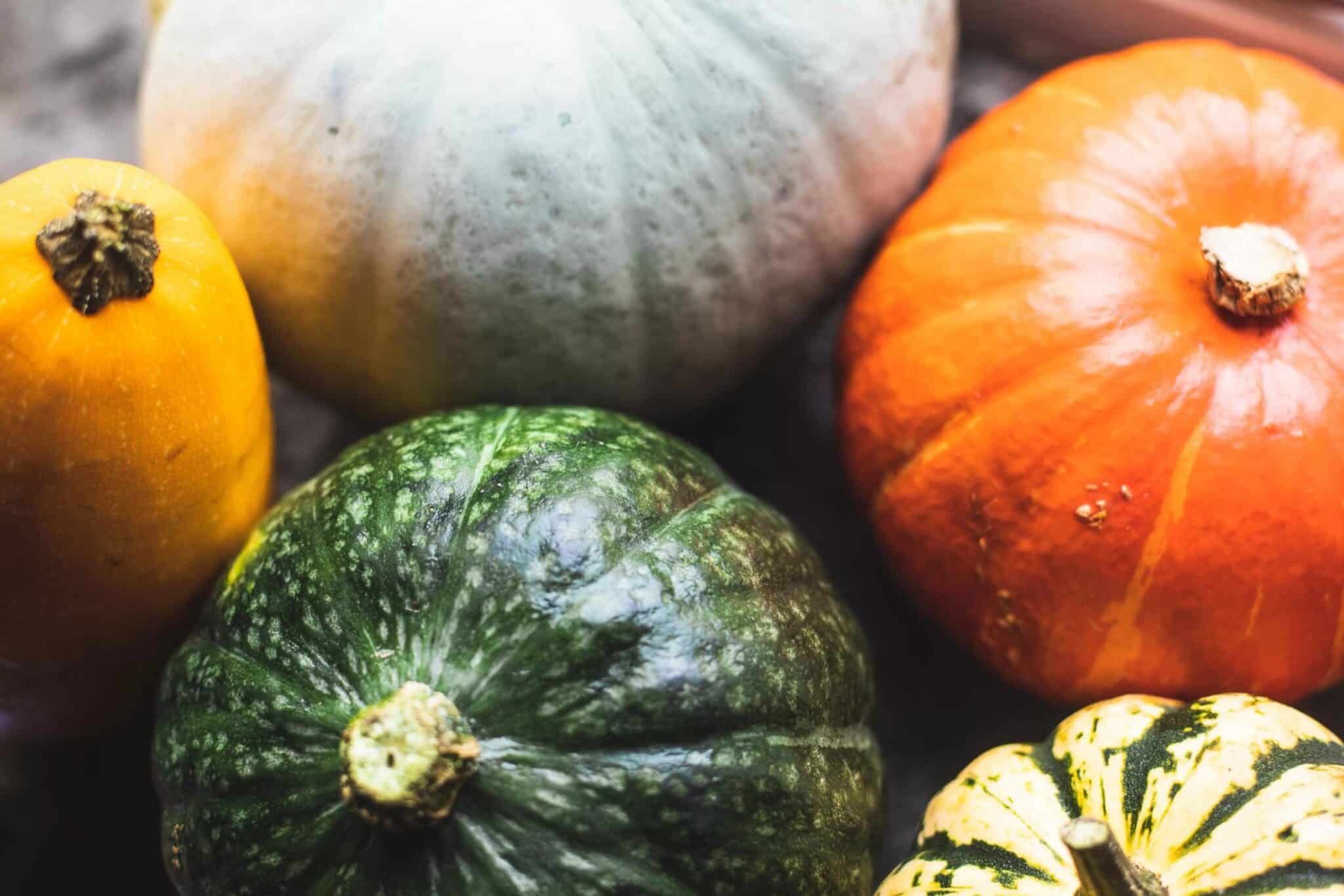




Two interesting points I like you’ve raised there:
I make bed edgings on my allotment with old laminate floor pieces, cutting logs as vertical stakes to hold them up – the stakes stick up above the level of the beds, and sure enough, the birds do like to stand on them. The robins will even perch on my spade or trowel if I leave it standing in the soil for a bit, which is great to see.
Ponds – I didn’t know that – more small ponds is better than one bigger one, that’s a useful tip as I too am adding a pond at my allotment. The one place I wanted to put one has a huge slab of concrete and bricks under the soil, which is too much effort to break up, so am now having to put a smaller one somewhere else. So, now knowing it’s better to have a few smaller ones, I can put them all over the place – my allotment is on a slope.
Marvellous!
We too have had an abundance of wildlife in our garden this season. At the moment a very young robin with a speech impediment (it seems to have a throat problem and can’t get the tweets out) is being overly friendly but delightful. Newts have made a home in one of our new raised beds. The hundreds of cinnabar moth caterpillars have crawled off for the winter – I’m looking forward to a red haze in spring!
I feel I have been lucky in my garden, as although we have lots of snails and slugs, we also have some great frogs to nibble them up for us. The next garden has a pond and our soil can stay damp in the undergrowth. But it is the broken pots propped up at points along the fence that allows the frogs to shelter, along with an abundance of their food. The last two years have been the best as the garden was left to go really wild with the effect of producing an abundance of blue butterflies and many more birds nesting etc.
It is a medium size London garden which I’m dividing into three areas. One is left to go wild with specific plants for wildlife. In the next two areas – seating and flowers + a token veg or two, I will allow certain wildness to flourish. It all helps to maintain a ‘green pathway’ to the larger green area of Alexandra Palace. Also – the Robins – coming to say hello when you venture outside. They give us so much joy.
Greetings, fellow adventurers! Last summer, I had the privilege of discovering the wonders of Southeast Asia through https://alle.travel/en/prague/category/boat-tours From the lush jungles of Thailand to the ancient temples of Cambodia, every moment was magical. If you’re seeking your next Asian adventure, alle.travel offers an extensive selection of tours that cater to all interests. Their website simplifies the booking process, and their support team ensures a smooth experience. Whether you’re a history buff, a foodie, or an adventure seeker, alle.travel has something for you. Don’t miss the opportunity to turn your travel dreams into reality!